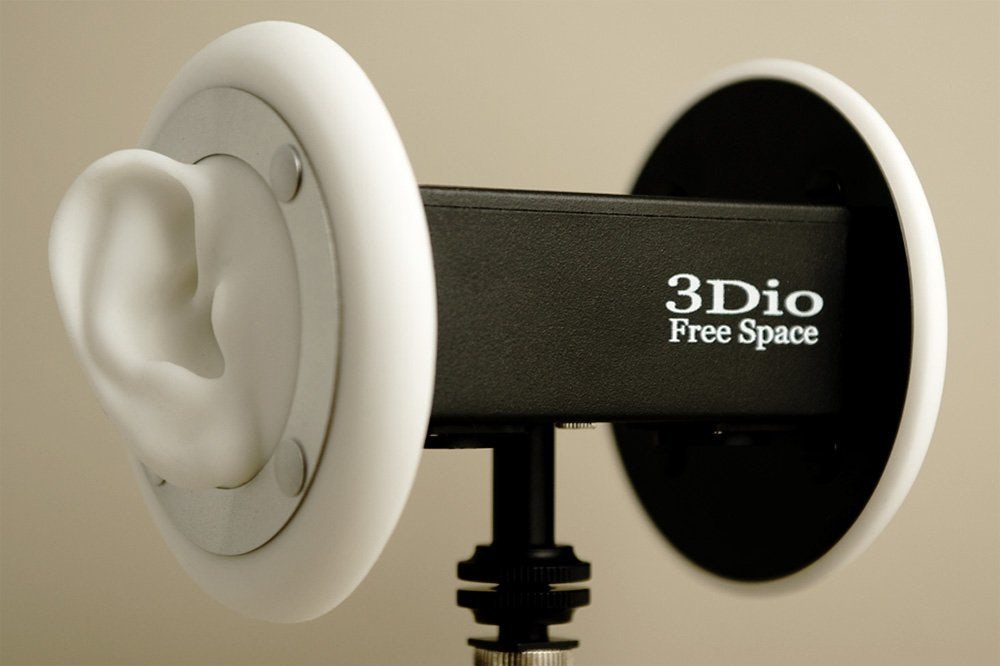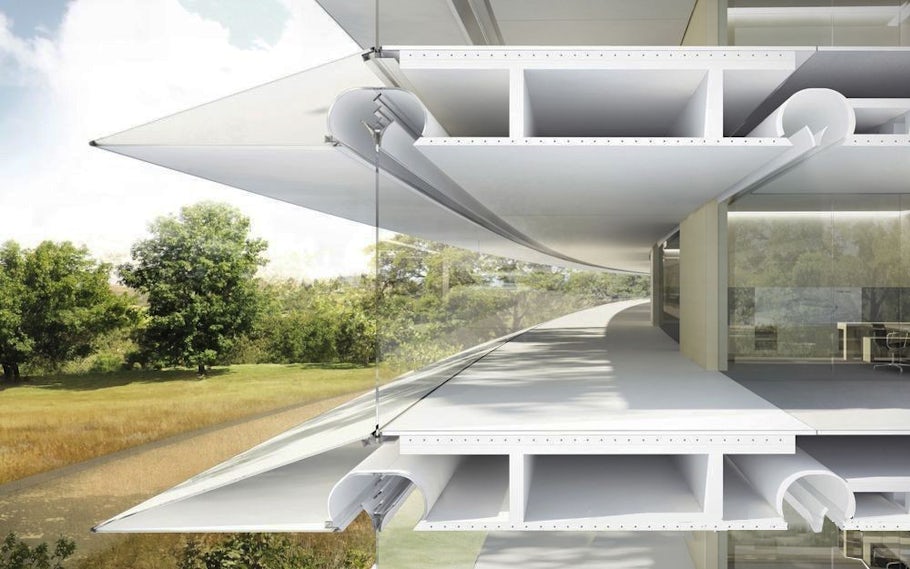Architizer’s Tech Directory is a database of tech tools for architects — from the latest generative design and AI to rendering and visualization, 3D modeling, project management and many more. Explore the complete library of categories here.
VIATechnik specializes in technology for the architecture, engineering and construction industries and works with clients in the realms of virtual reality, BIM services and artificial intelligence. Architizer is glad to present a selection of the firm’s blog posts on all things AEC. Check out their website for more.
You’ve mastered 3ds Max, you’ve perfected your settings in V-Ray and you’ve tapped Unreal Engine to create an architectural environment that is virtually indistinguishable from the real world. It seems perfectly immersive, but for some reason, the scene before you is still not completely convincing … Why is that?
One major reason is that human beings experience space in ways that go far beyond their eyes; every sense, from hearing and touch to smell and taste, can impact our view on the environment that surrounds us. Experts in the field of virtual and augmented reality recognize this and are busy designing tools to stimulate our brains to further blur the boundaries between rendering and reality.
Here are seven such sense-based technologies, each of which has the potential to make architectural visualizations of the future more real than anything you have experienced before. We’ve categorized these under each of the five senses. You won’t believe what the Japanese are cooking up for “taste” …
Hearing

Via WIRED
Arup Soundlab
When someone thinks of 3-D technology, people usually only consider the visual experience. But why not think about the audio part, as well? The folks at Arup came up with a 3-D sound lab to simulate sounds in the built environment. A visit to their lab allows you to experience the audio being optimized at a New York subway station in order to ensure that all the announcements will be heard clearly all across the platform. Their aim is to allow people to hear — even from the design stage — how a planned wind farm or high-speed rail will sound like when completed. Combining visualizations with sound simulations is a powerful tool that can allow engineers and architects to bring sound into context.

Via Amazon.com
3Dio Free Space
Binaural recordings record audio in the same way humans hear them. When one listens to a binaural recording through his/her headphones, he/she perceives distinct and genuine 360-degree sound. Once recorded, the immersive effects can be enjoyed with a set of headphones that is able to provide good left and right channel isolation. However, headset manufacturers and headphone amplifier companies have created special units for the playback of binaural. Oftentimes, we forget about “audio” in a VR space, but buildings and infrastructure all have sounds that need to be experienced in the virtual world. Think about passenger announcements, mechanical room noise, alarms and HVAC.
Smell

Via Olorama
Olorama
Olorama offers digital scent technology that incorporates smells into virtual reality and augmented reality experiences. It’s largely pitched at the film and museum industries but also has applications for those who work in AEC. Scents have the power to make us feel nostalgic, safe, invigorated and comfortable. With essential oils and natural extracts, building companies can create realistic sensations and customized emotions for clients, tenants and guests.
Touch

Via NYDailyNews.com
Touchable Holograms
Thanks to clever engineering by the research team at Bristol University, virtual reality should expand beyond sight and sound to “touch,” as well. Can you imagine being able to feel different interior textures and choosing the right “texture” for your project? What this technology means is that holograms are now able to move away from 2-D surfaces and enter a limitless 3-D world. What’s more, because these holograms are touchable, they acquire an interactive dimension. With this technology, one will no longer need heavy binders of showroom material; a simple holographic projection should do the trick!
Sight

Via Meta Company
Meta Glasses
Meta glasses offer a different experience than a VR headset because the glasses display digital content as a layer over your real physical surroundings. These devices could easily replace our smartphones in the future, and more than 1,000 developers and companies are already using Meta. AEC professionals can add an interactive layer of 3-D content to their surroundings in a building to digitally test different features and options.

Via DCS
CURV
The CURV technology brings virtual reality to immersive walkthroughs, utilizing a wrap-around imaging solution to display environments across large areas. This works well with teams who want to collaborate and work in the same virtual space. The fact that the curved-screen system can fill the peripheral view and provide a more immersive feel makes CURV the ideal tool for interactive research, virtual walkthroughs or other applications that require wide fields of view.
BONUS: Taste

Via Business Wire
Meta Cookie
Imagine designing a high-end restaurant and allowing your client to taste the food before the project has even begun! OK, this one’s currently a stretch using current technology, but there are some seriously clever people working on devices that could one day make this a reality. Takuji Narumi, assistant professor at Tokyo University’s Cyber Interface Lab, has developed a prototype headset withcapsules that pump a variety of scents through the tubes directly to the subject as they eat, tricking the taste buds into thinking they’re experiencing different flavors. Once the tech is perfected, that plate of cookies on the counter in your rendering could soon take on a whole new significance …
Introduction and bonus by Architizer’s Paul Keskeys. Other gadgets were originally covered by VIATechnik.
Architizer’s Tech Directory is a database of tech tools for architects — from the latest generative design and AI to rendering and visualization, 3D modeling, project management and many more. Explore the complete library of categories here.









